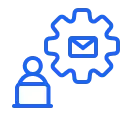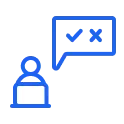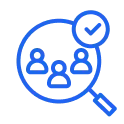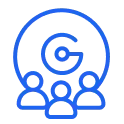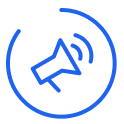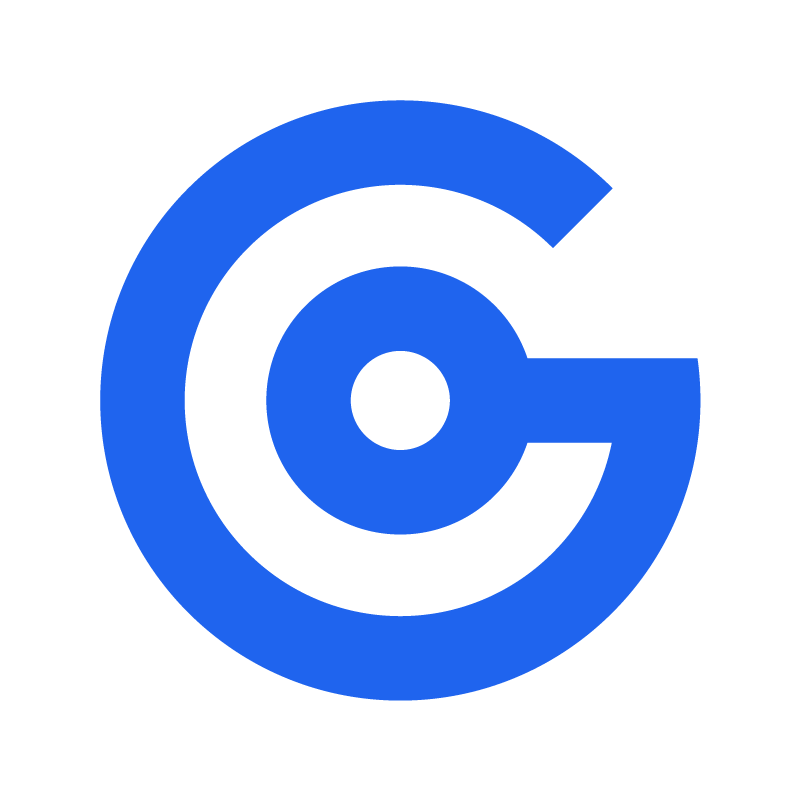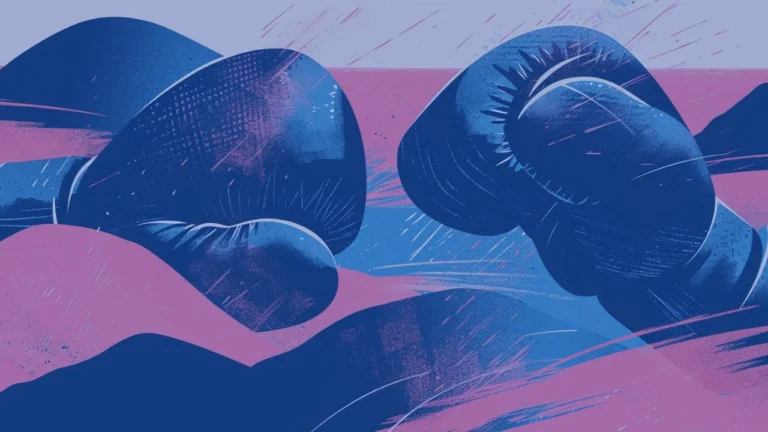I think everyone in the sales world remembers the legendary Glengarry Glen Ross “coffee’s for closers” speech. Well, without a robust sales development strategy and the right team backing it up, the best closer is going to get nowhere fast.
The right sales development strategy will turn cold leads into warm leads, which is the perfect handoff to your powerhouse closers.
However, there are five deadly mistakes you can make in constructing your sales development strategy. Read on to find out what they are.
Sales Development Strategy: Avoid These 5 Deadly Mistakes
1. You don’t know who your customer is.
A sales message that converts is going to be one that is closely tailored to hit your ideal customer’s pain points, but how do you do that if you don’t know who your customer even is? Often, it can be easy to get so excited about chasing down leads that what the right lead is can be overlooked.
Unfortunately, charging forward and sending emails to everyone will be treated like spam. A hard lesson to learn but one that everyone involved in the sales development strategy is that sales messages are only effective if they are relevant to the reader.
So repeat after me: my cold email won’t be considered spammy only if the content is relevant to the reader.
Who is your ideal customer? It’s the person with the problem that your product and service can fix. Even better if they already know they have the problem.
It can be hard to find that sweet spot but remember: you have the power- outbound sales is the easiest and the quickest way to test different ICPs.
You can learn more about developing your ideal customer profile right here.
2. You aren’t tailoring your message.
Now that you’ve got the right audience nailed down, it is important to craft your message to speak directly to your audience (even if you’re overseeing a massive email campaign). A lot of companies today will send emails saying, “I saw your company on LinkedIn and I felt like I should get in touch.”
This is not the type of customized approach that will grab people’s attention and not let go. Tailoring your message is going to be a make-it-or-break-it aspect of your sales development strategy. In fact, this should be the core of your strategy.
This is where you can really leverage segmentation. You want to break your messaging down by your audiences. For instance, sales managers have different pain points or priorities than VPs of Sales.
Directing an email about how your product will improve team’s effectiveness and help them hit their monthly sales quota will work for a Sales Manager.
But you will need to use a different argument while pitching your product to a VP of Sales – for example, how it can lower customer acquisition costs and in turn increase revenue. One product, many benefits.
3. You are scaling your approach before you know it works.
Test your message on a segment of your audience before sending out a gigantic email blast. You don’t want to alienate your audience with an ill-timed message or one with the wrong talking points so choosing a smaller group to run a test on should be your next step.
This is a great point to ask yourself questions about your responses. For example, are your targets opening your emails? If the answer is no, then you know it’s time to go back to the drawing board on the subject line to make it more enticing.
Only 24% of sales emails are opened, so this is a good one to keep your eye on.
Once, we have run an A/B test which included 100 companies. From the first batch we received 4 negative responses, while from the second one we got 3 positive replies. Even though the sample was rather small, it was quite obvious to us which direction we should take.
If you are getting positive responses to your test group, it is likely time to expand. Be certain that your message is appropriate before you scale. You reduce your risk and expand your ability to reach as many ideal customers as possible.
4. You forgot about your warm leads.
Every single response should garner a response in return. If you’ve had some interest from a lead, don’t think you’re being annoying. Bear in mind that your prospect receives an email from a company or a person they have potentially never heard of. Naturally, they will not treat you as their priority.
This however, doesn’t mean that they are not interested in your offering. By following up regularly you’ll stay on stop of their minds. They will get back to you when they are ready.
In fact, at Growbots, we have a policy that we follow up with a lead until we get a firm ‘yes’ or ‘no’ response. This has lead to a 50% conversion rate (from any not-negative response to opportunity). Even with smaller email campaigns, with a high conversion rate like this means you’re still making a large impact.
Perhaps the most powerful element that factors into that final sale is response time. An analysis of more than 2,200 companies found that sales people that followed up with a lead within an hour were more likely to speak with a decision maker than those that waited.
5. You forgot the bottom line.
It’s time to bring this full circle. The entire point of a sales development strategy is to generate warm leads that can go to closers to, well, close. A good sales development strategy will generate interest and keep the pipeline full but it’s absolutely crucial to ensure that it actually generates revenue.
After a campaign, it is important to step back and take stock once again. What worked? What didn’t? Were leads getting caught somewhere in the sales funnel? What can be refined or improved?
What happened after an SDR setup a demo with a prospect – did the account executive team managed to close the deal? If not, then you must figure out why the outcome wasn’t positive, maybe your targeting was wrong or you over promised?
It is important to note that just because your prospects aren’t making it to a sale, it will not always be the sales development team’s fault. This is why you have to evaluate all potential reasons of failure.
If the problem doesn’t lie with your SDR team then clearly the problem lies somewhere further down the sales funnel.
What are your tips for creating a killer sales development strategy? Let us know in the comments.
